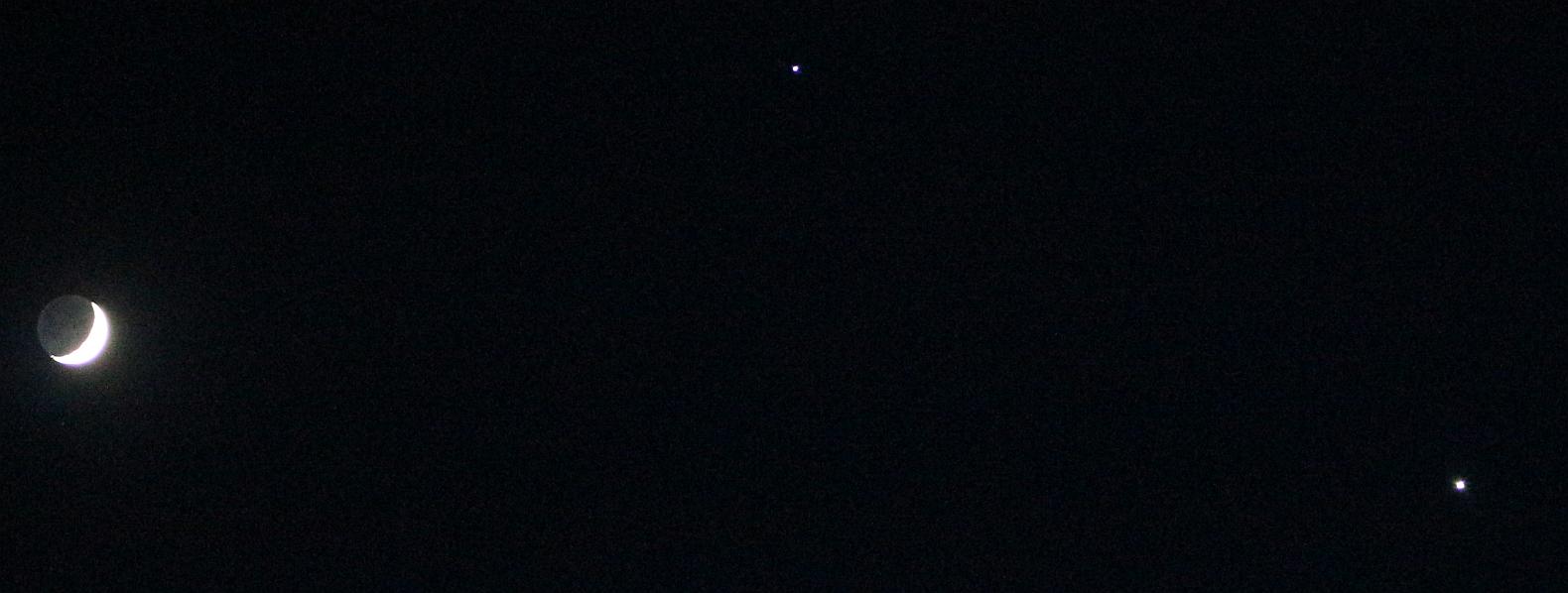
Last evening, Damsel and I went out to watch a flyover of the International Space Station. The conditions were right for it to be a very bright and spectacular pass. As a bonus, we were also treated to a beautiful conjunction of the Moon, Jupiter and Venus in the western sky.
The flyover was everything we expected with the ISS appearing in the twilight to the north northwest and flying overhead at sixty degrees above the horizon. The magnitude of the spacecraft was very bright and registered at minus 3.6 according to SpaceWeather.com. We watch it until it winked out crossing the terminator (Earth shadow) well to the southeast of here, about three minutes after the initial sighting.
I was intrigued by the asterism, however, and went back inside to get my camera and a tripod to attempt to capture the stellar event. I got set up and experimented with various camera settings. The image above, even though slightly overexposed, shows the positions of the Moon, Jupiter and Venus as they appeared to us. When you click on the image to enlarge, you can see the earthshine-illuminated darkside of the Moon.
Canon SL1, 1/20sec., F4.0, ISO 6400 and 75mm focal length.


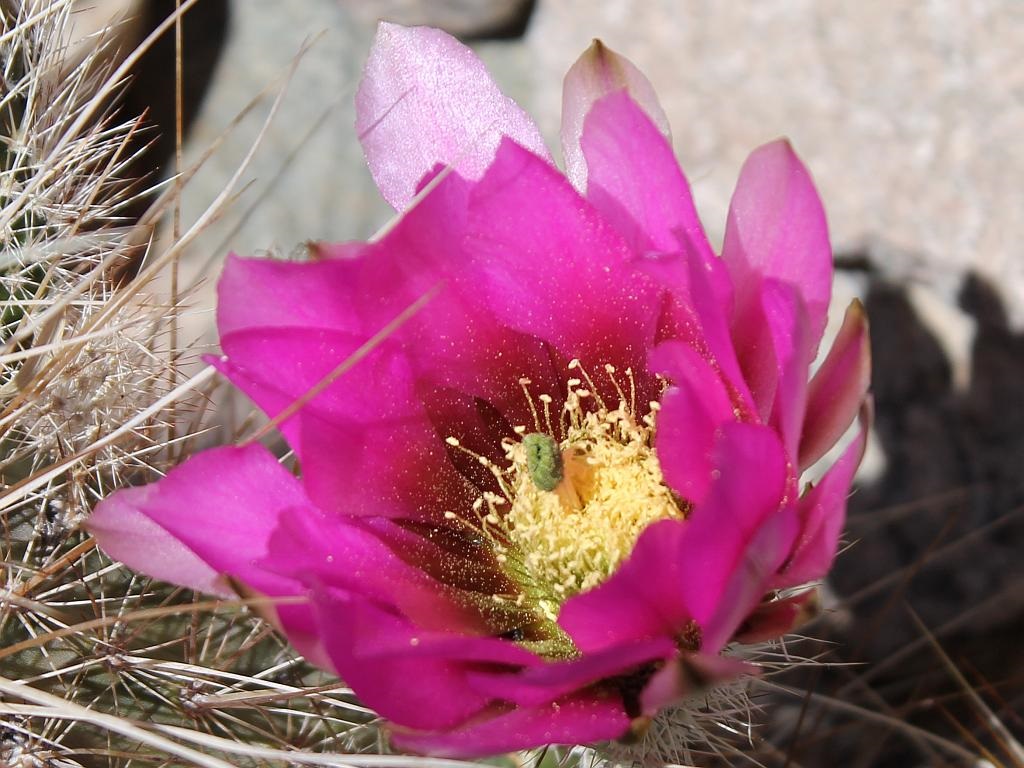
 Damsel and I were out in the courtyard to watch the overflight of the International Space Station this evening. It was still pretty light out and I wanted to see if I could see Sirius in Canis Major as a gauge for the predicted magnitude of the ISS at -1.9. Sirius is magnitude -1.46, a little less bright than the satellite.
Damsel and I were out in the courtyard to watch the overflight of the International Space Station this evening. It was still pretty light out and I wanted to see if I could see Sirius in Canis Major as a gauge for the predicted magnitude of the ISS at -1.9. Sirius is magnitude -1.46, a little less bright than the satellite. 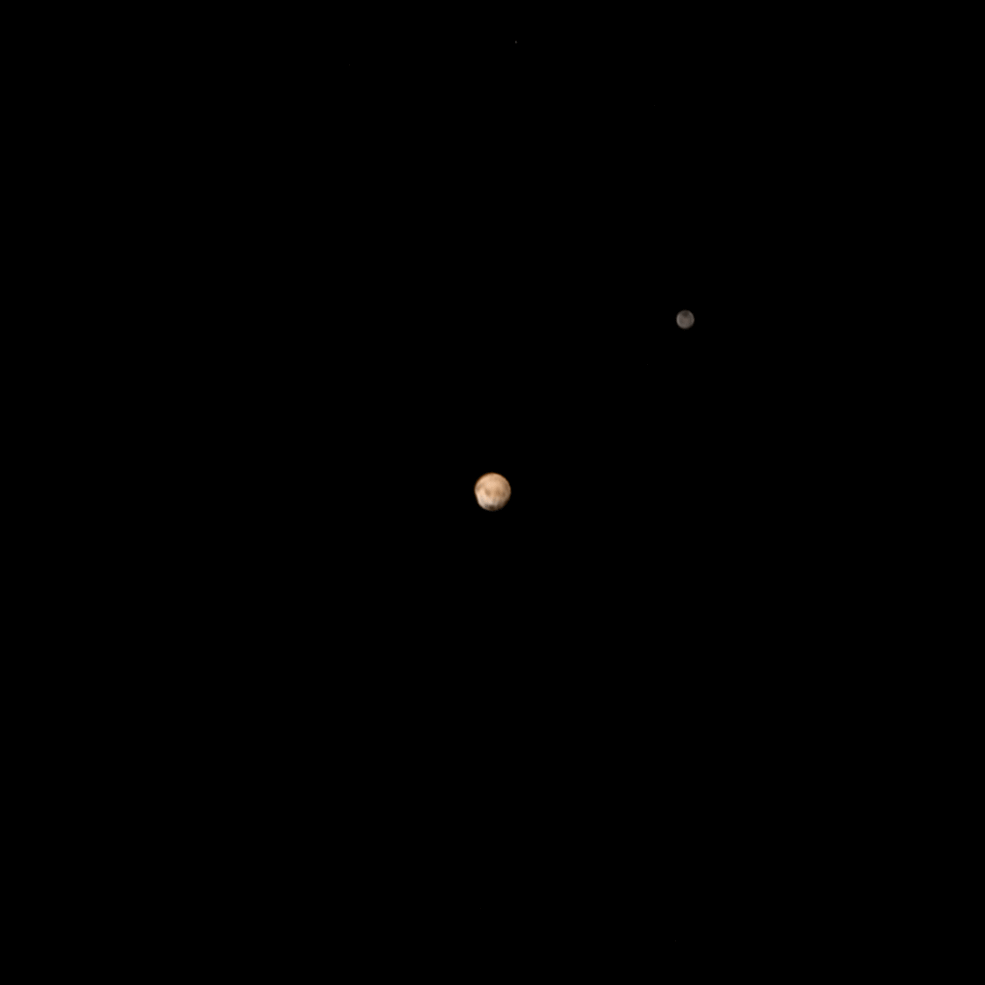

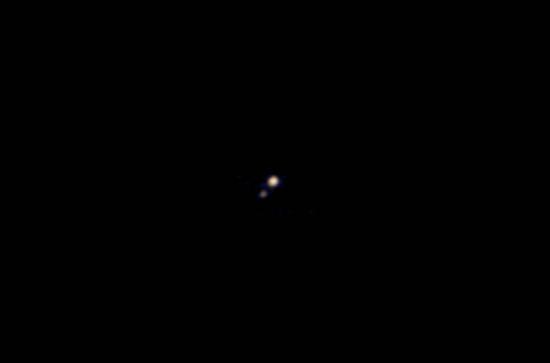
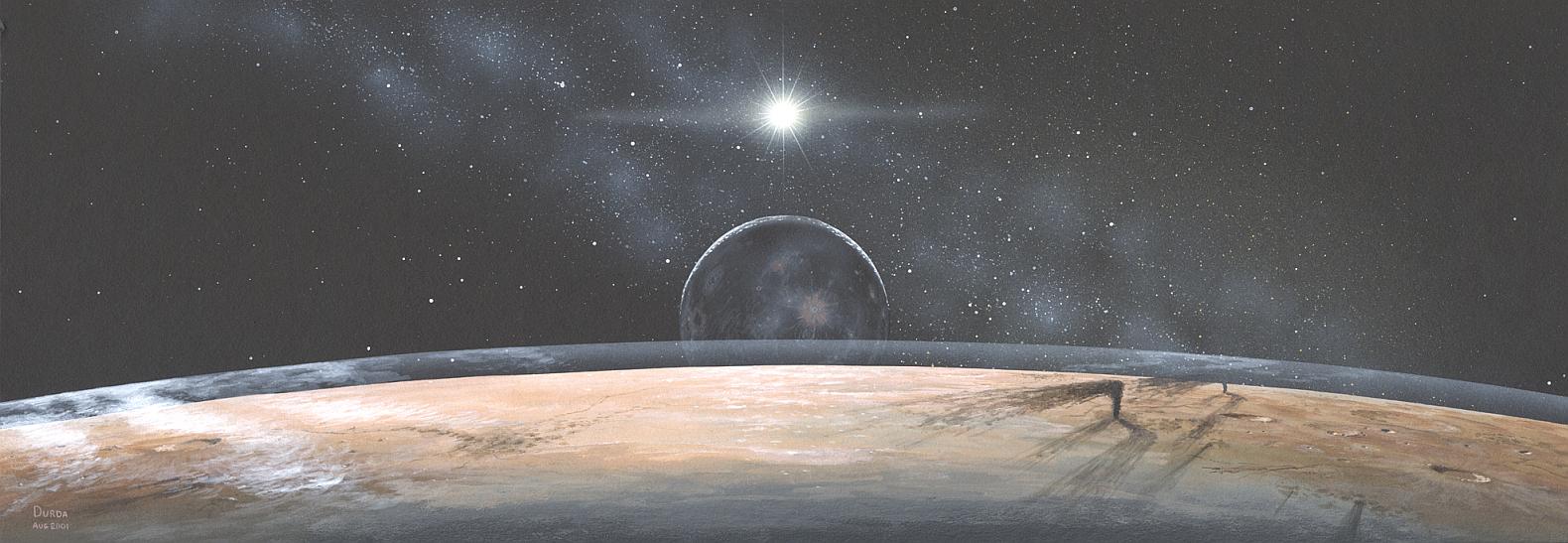
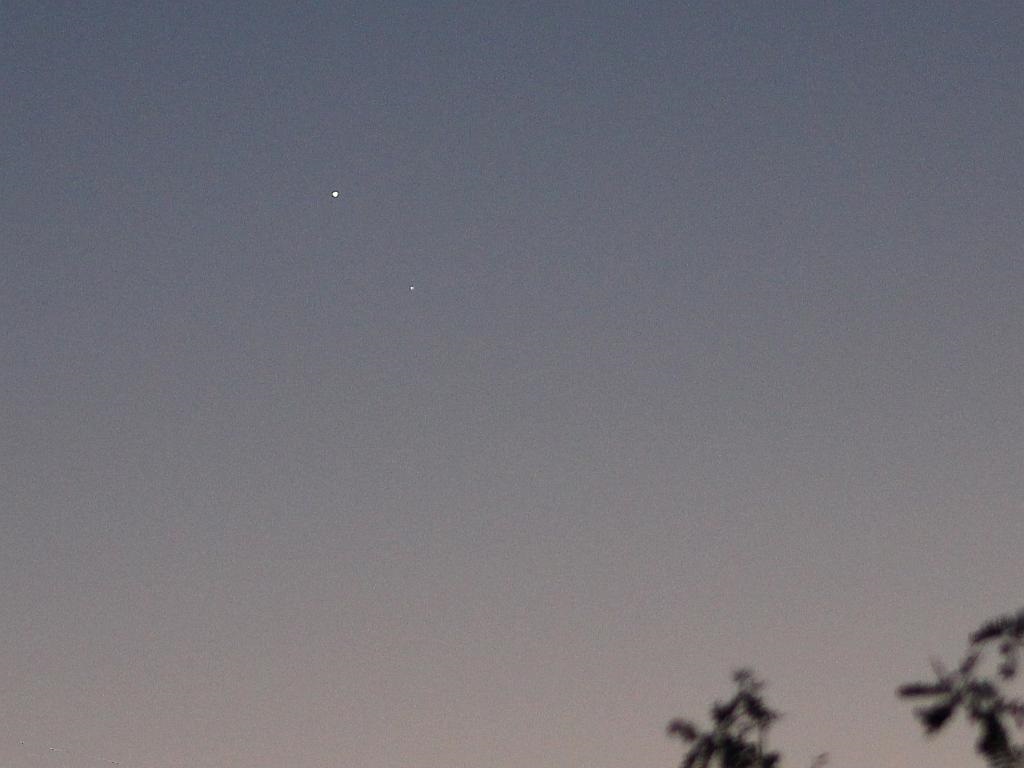

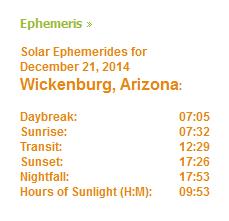 Happy First Day of Winter! Although the seasonal temperatures are going to continue to be cool or cold, the good news is that the days from this point forward (in the northern hemisphere) will be getting longer until the June Summer Solstice.
Happy First Day of Winter! Although the seasonal temperatures are going to continue to be cool or cold, the good news is that the days from this point forward (in the northern hemisphere) will be getting longer until the June Summer Solstice.